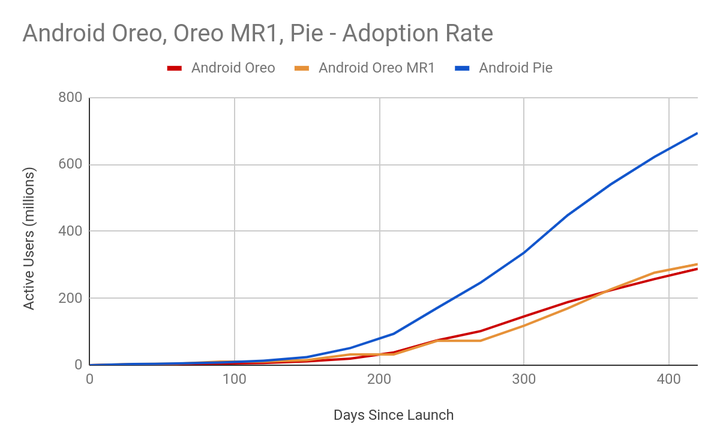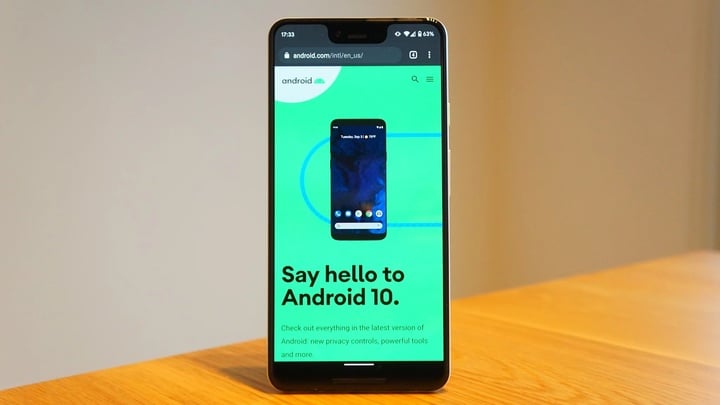The fragmentation of the Android system has plagued Google for a long time. Due to the open ecology, many third-party vendors will make a system update plan based on their new product release rhythm, but this also hinders Google from advancing various Android new The process of function can not even fix the security risks in time.
So, whenever Google is still struggling with less than 10% penetration of the new Android system, iOS, which was launched at the same time, will easily achieve more than half the upgrade rate within a month of launch.

In order to change this situation, in 2017, Google introduced a mechanism called “Project Treble” on Android 8 Oreo at the time. I hope to cooperate with the chip manufacturers to undertake some of the underlying writing work, so as to speed up the adaptation efficiency of other customized Android systems.
The new mechanism does have some effect. Recently, the project leader Iliyan Malchev in Android development The blog post revealed that in July 2018, the official version of Android 9 Pie was issued.In front of the cloth, the market share of Android 8 devices is only 8.9%.
But in the Andorid 10 era a year later, the market share of Android 9 devices has reached 22.6%, which means that more and more devices are willing to follow up on the latest systems in time.

▲ Image from: Android Developers Blog
Google also extends its reach with third-party Android phone brands. In this year’s Android 10 beta phase, the number of devices tested was increased from 12 devices in the previous 7 brands to 18 devices in 12 brands. Some brush enthusiasts also ported the beta system to another 15 old devices.
We also mentioned in Android 10, after Google released the official version update, in addition to its own Pixel series can receive push, like Essential Phone, Redmi K20 Pro and One Plus 7 The series also released the underlying update package for the first time, which is in stark contrast to the situation that was pushed a few quarters ago a few years ago.

Google has a lot of new moves to speed up the Android system upgrade. One is the “Dynamic System Updates” feature introduced in Android 10. It allows the new system to be placed in a temporary partition, allowing users to test the integrity of each function in advance. If the user is not satisfied with the new system, the device can be returned to the state before the update.
According to Google, this feature is only available for Android phones that support the Project Treble framework in the future.
In addition to this, there is “Project Mainline”, which makes GoogleIt can further simplify the updating of small details. Simply put, it is equivalent to encapsulating the various parts of the system into modules. When they need to urgently fix a security or privacy vulnerability, they can do it directly through the Google Play app store without waiting for a large version of the system to push. .
However, for domestic phones that are not factory-integrated with full Google services, there is obviously no small barrier to follow-up on the “Project Mainline” mechanism.
At present, most of the domestic custom ROM will downplay the iterative cycle of Android, and instead emphasize the version upgrade of the system, the pre-installed application and the entire account system have been “de-Googleized”. Of course, devices from mainstream vendors such as Huawei, Xiaomi, OPPO, and vivo still have the habit of updating Android security patches every month, and the response speed to security vulnerabilities is still much faster than before.
Source: Android Authority